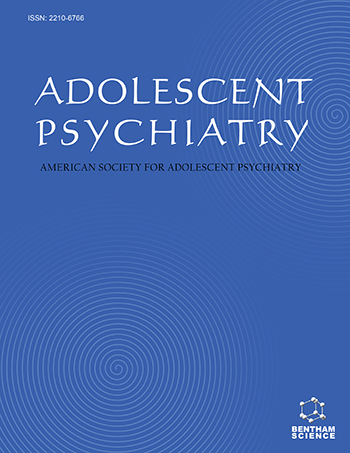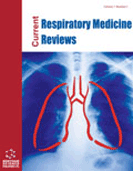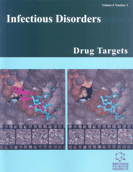Abstract
Traumatic experience and posttraumatic stress disorder (PTSD) is highly prevalent among adolescents hospitalized in psychiatric facilities and also among those who are incarcerated. However, it is often not detected in the course of routine evaluations, even those done by mental health professionals. Lack of recognition of trauma exposure and PTSD in hospitalized or incarcerated adolescents has serious implications. The severe behavior problems that result in hospitalizations or incarceration may actually be the result of emotional dysregulation, which is one of the core PTSD problems. This article describes strategies for integrating and evaluating systematic screening, assessment and developmentally appropriate interventions in a public hospital and juvenile justice settings. While research on these interventions is ongoing, preliminary findings have been positive. It is essential that the important role that trauma plays in severe psychopathology be recognized and effectively addressed if we are to help these young people change their trajectory from one of continued victimization to one of effective self-regulation.
Keywords: Traumatic stress, adolescents, inpatients, incarcerated adolescents, screening, posttraumatic stress disorder



























